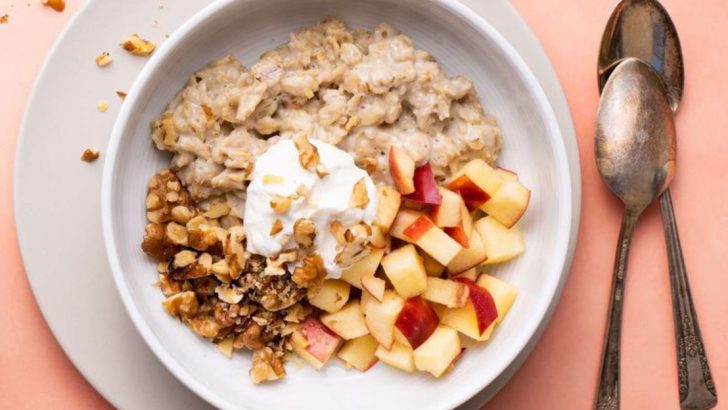Oatmeal seems simple enough – boil water, add oats, stir. Yet somehow, this humble breakfast staple can go terribly wrong in countless creative ways! From gummy textures to bland bowls of disappointment, most of us have committed at least one oatmeal crime.
Ready to transform your morning bowl from sad to spectacular? Let’s expose the kitchen blunders keeping you from oatmeal nirvana.
1. Using The Wrong Oats
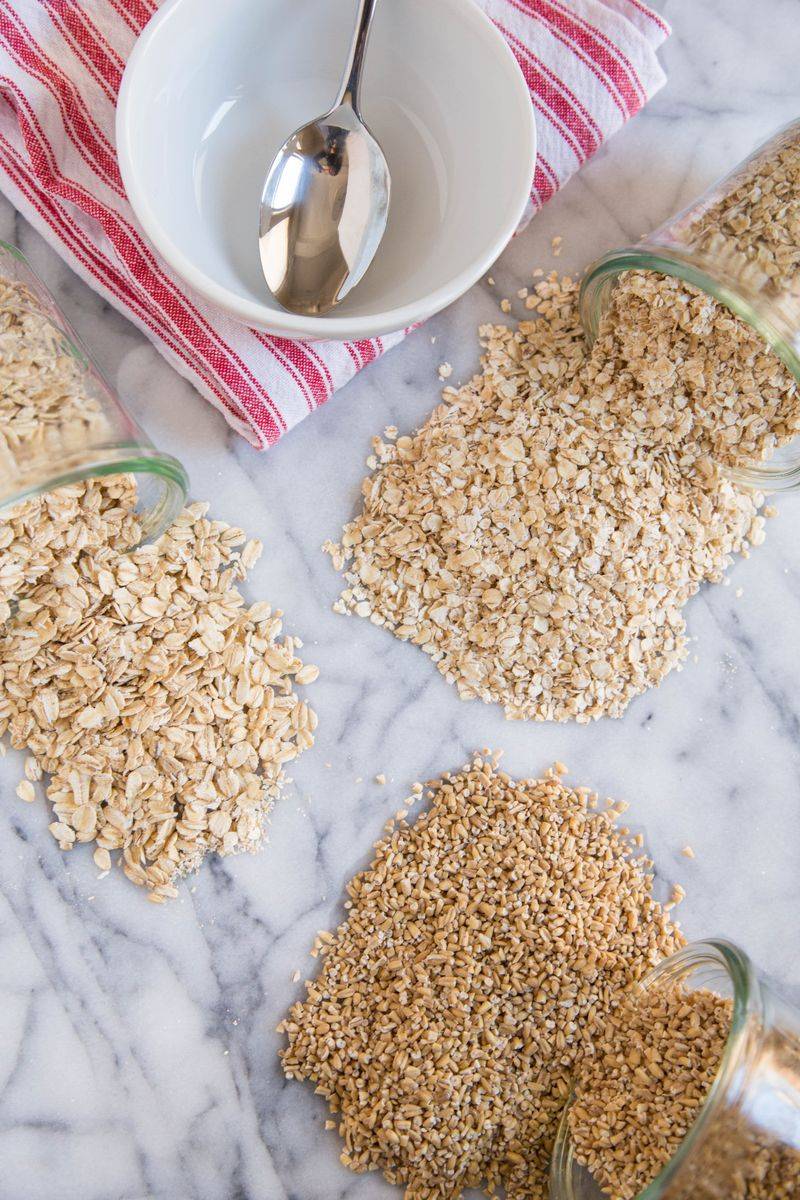
Steel-cut, rolled, instant – they’re not interchangeable, folks! Steel-cut needs 30 minutes of simmering, while instant oats turn to mush with that treatment.
Match your oats to your timeframe. Rushed mornings call for quick oats; lazy weekends welcome the nutty chew of steel-cut varieties.
2. Skipping The Salt Completely
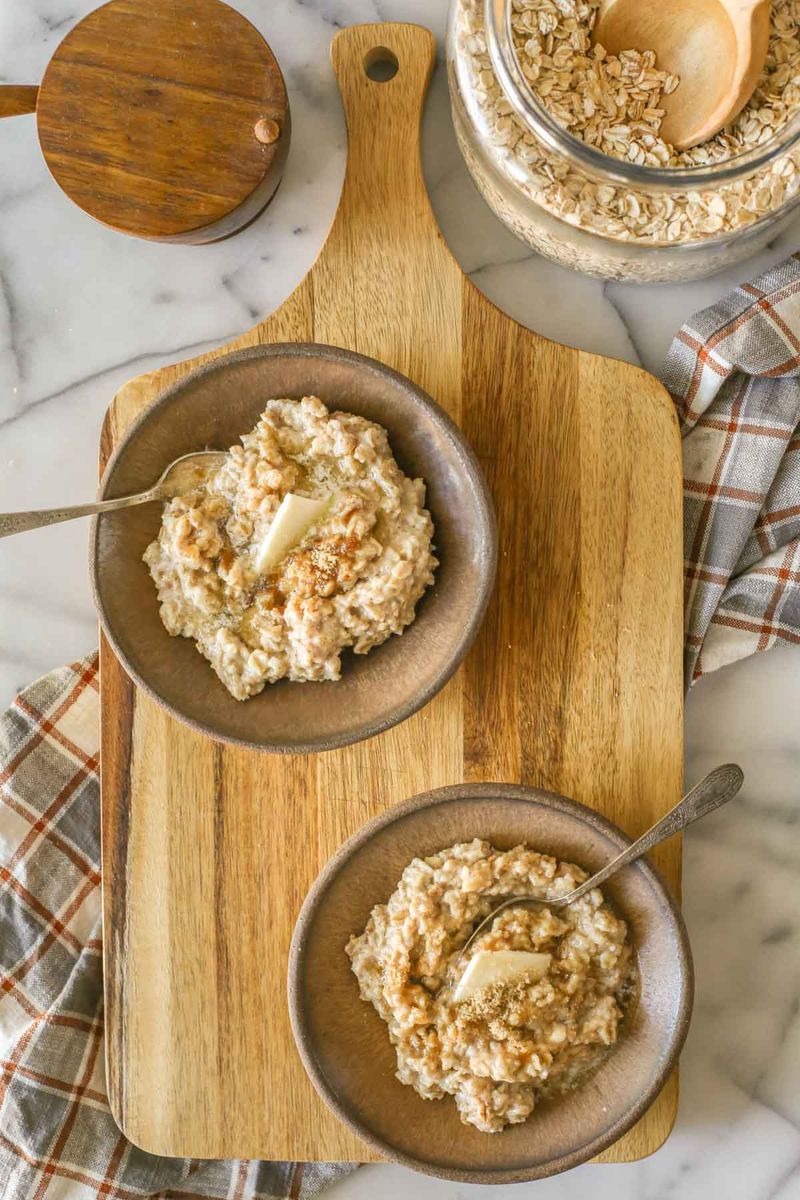
Sweet breakfast? Salt still matters! Just a pinch wakes up the grain’s natural flavor and enhances any sweeteners you add later.
Without salt, oatmeal tastes flat and one-dimensional. Culinary pros understand this secret: salt doesn’t make food salty – it makes food taste more like itself.
3. Cranking The Heat Too High
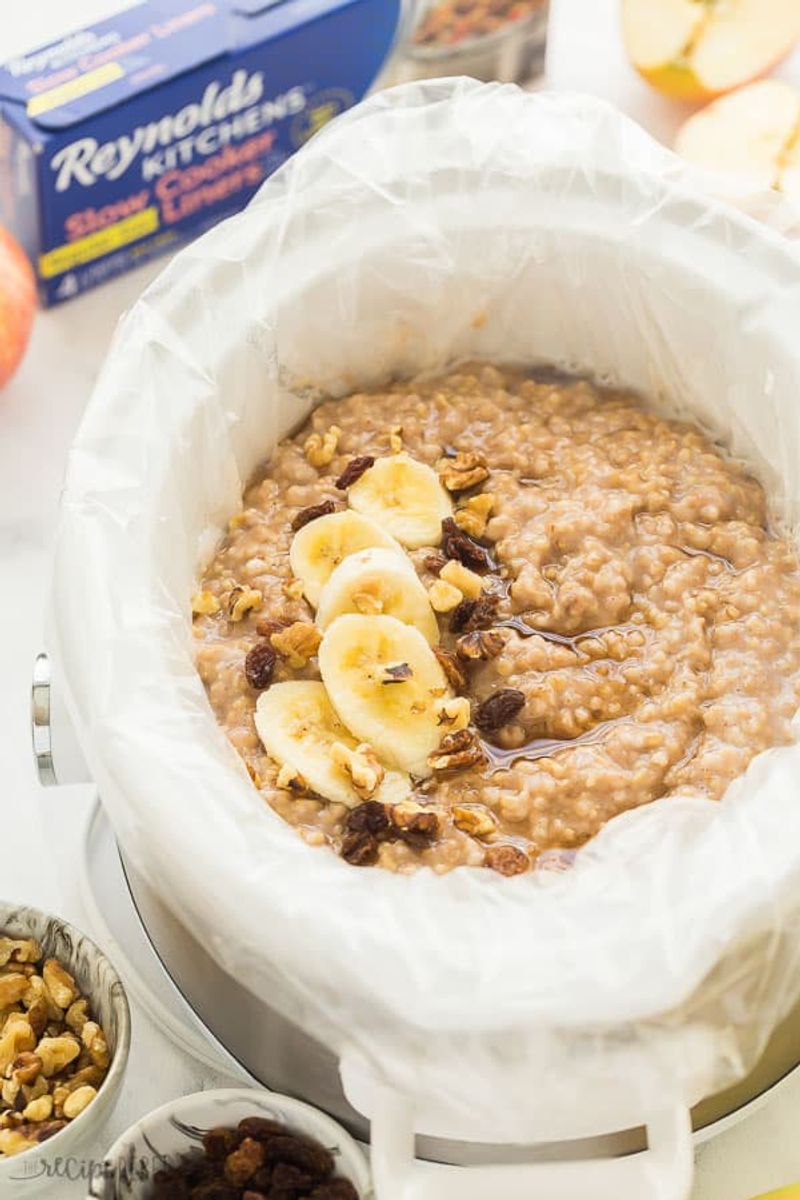
Impatience leads to scorched pans and gummy oats! Oatmeal needs gentle heat to develop properly.
Low and slow wins this race. Bubbling too vigorously means the bottom layer burns while the top remains undercooked. Stirring frequently prevents hot spots.
4. Forgetting To Toast The Oats First
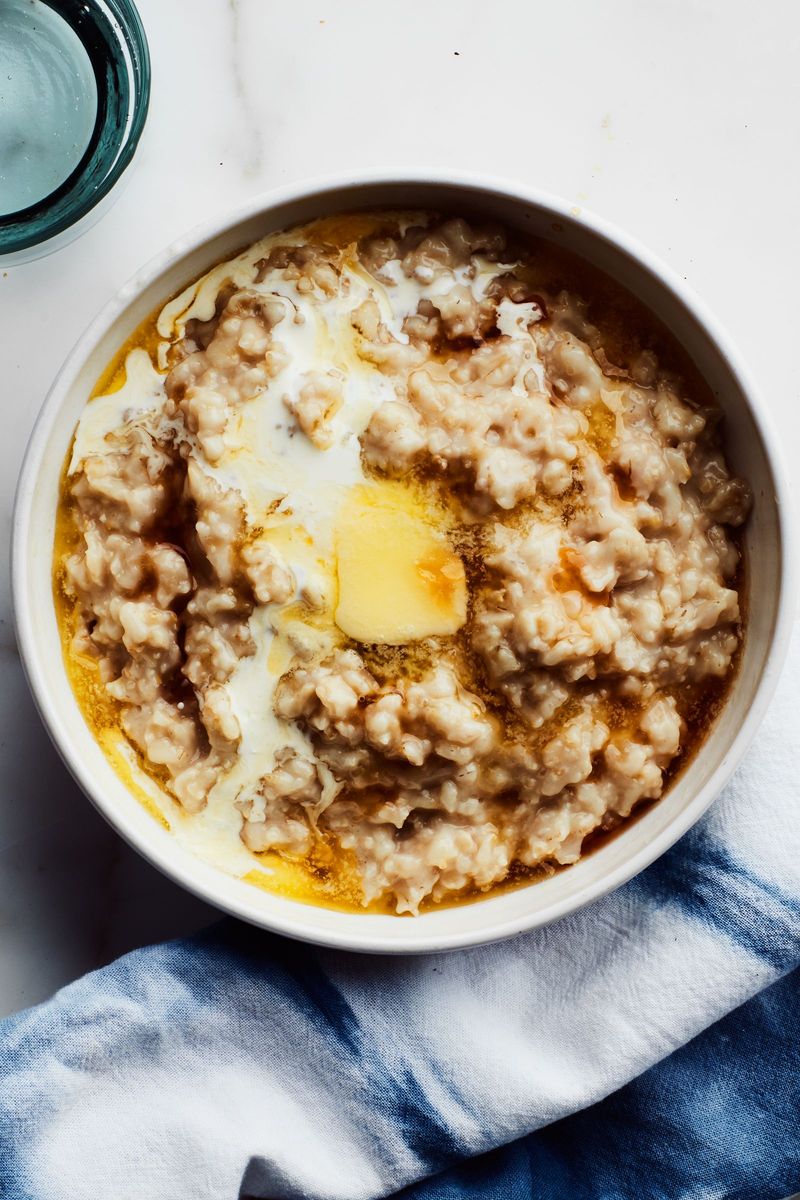
Game-changer alert! Dry-toasting oats in your pot before adding liquid unlocks nutty, complex flavors you never knew existed.
Just a minute or two over medium heat brings out natural oils and transforms the entire experience. This simple step elevates ordinary oatmeal into something restaurant-worthy. All without adding a single calorie.
5. Measuring Water Incorrectly
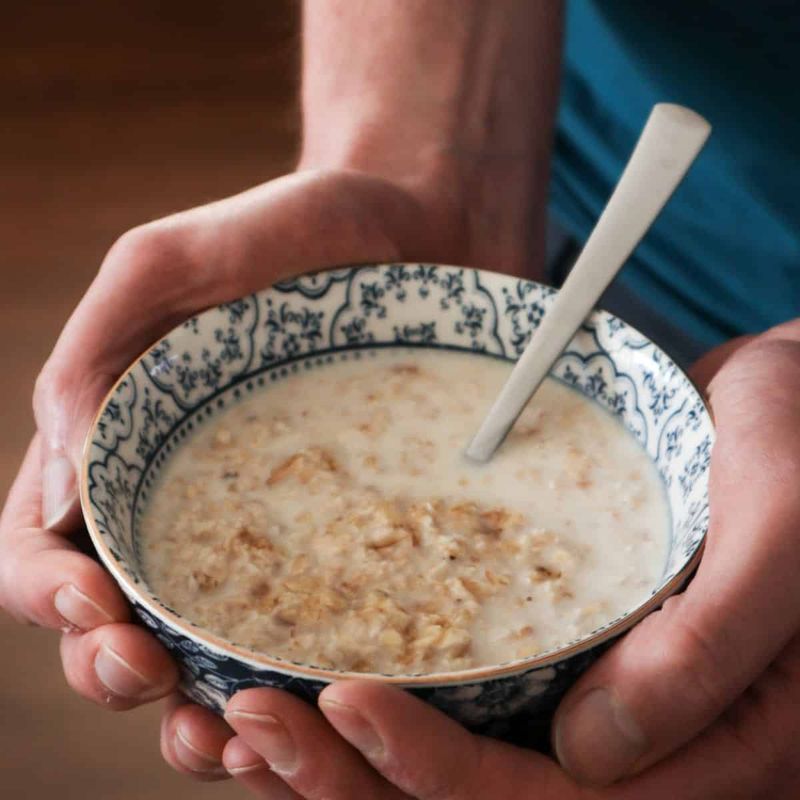
Too much water creates sad, soupy oats. Too little? Hello, chewy concrete!
Different oat varieties require different liquid ratios. Generally, rolled oats need a 2:1 water-to-oats ratio. Steel-cut prefer 3:1. Write these ratios on your container with a marker – no more guessing!
6. Ignoring The Power Of Milk
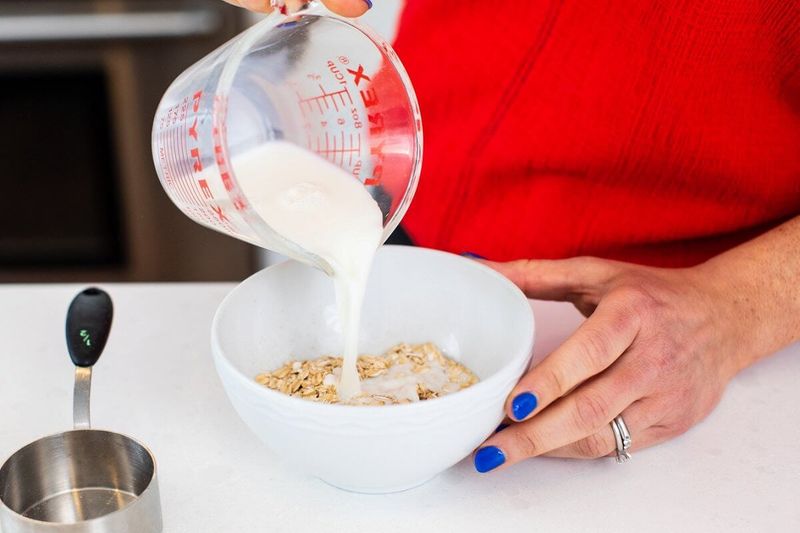
Water works, but milk (dairy or plant-based) creates luxuriously creamy results. The proteins and fats transform ordinary oats into something special.
Try cooking with half water, half milk for balanced richness. Or cook with water and finish with a splash of cold cream for temperature contrast.
7. Stirring Too Little (Or Too Much!)
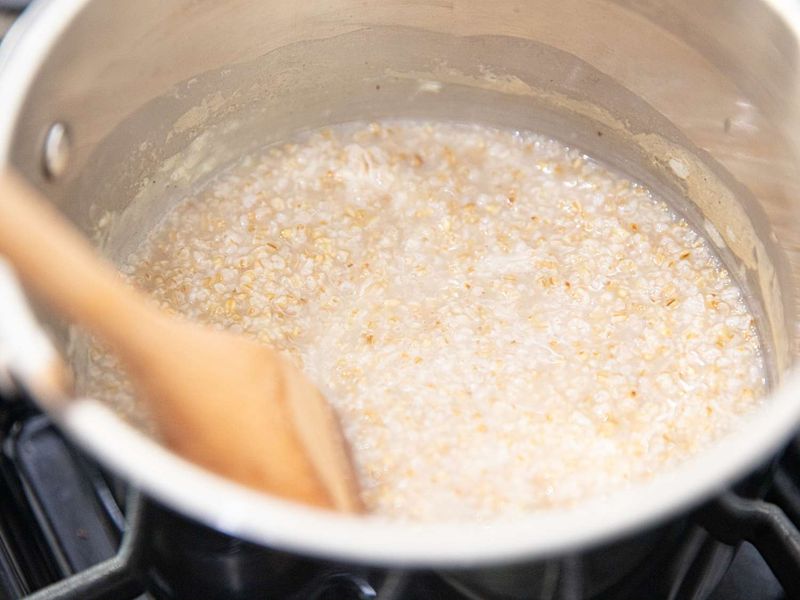
Oatmeal needs attention, but not helicopter parenting! Neglected oats stick and burn; over-stirred ones break down into mush.
Find the sweet spot: stir occasionally when bubbles appear. Steel-cut oats need less agitation than rolled varieties. A wooden spoon provides the right touch.
8. Boring Flavor Profiles
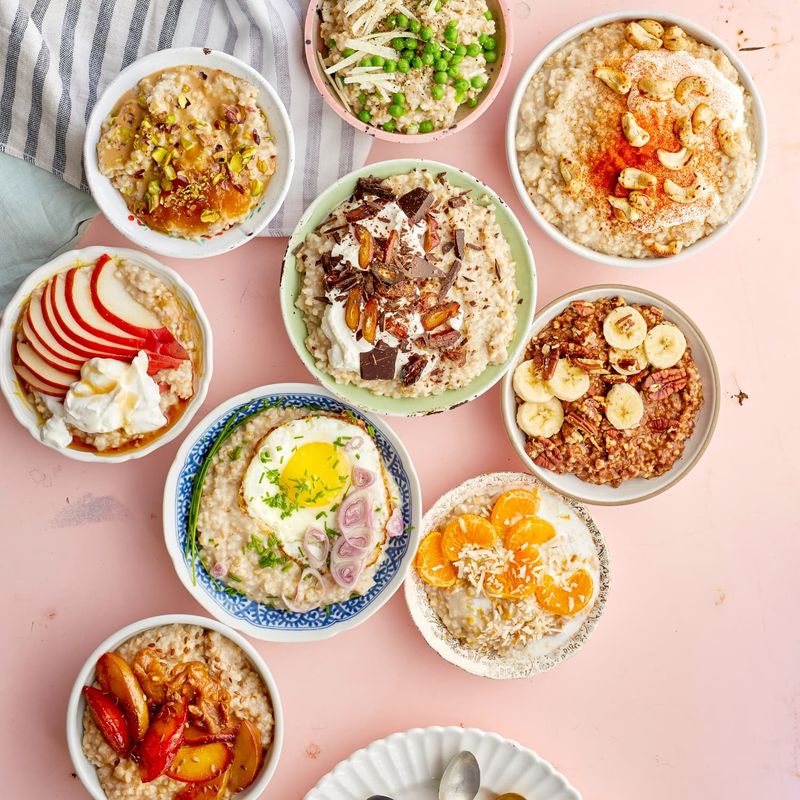
Brown sugar and cinnamon aren’t the only options! Oatmeal is a blank canvas begging for creativity.
Try savory versions with eggs, cheese, and herbs. Or go global with cardamom, pistachios and rose water. Chocolate lovers: cocoa powder and banana create dessert-worthy breakfasts.
9. Overcooking Your Mix-ins
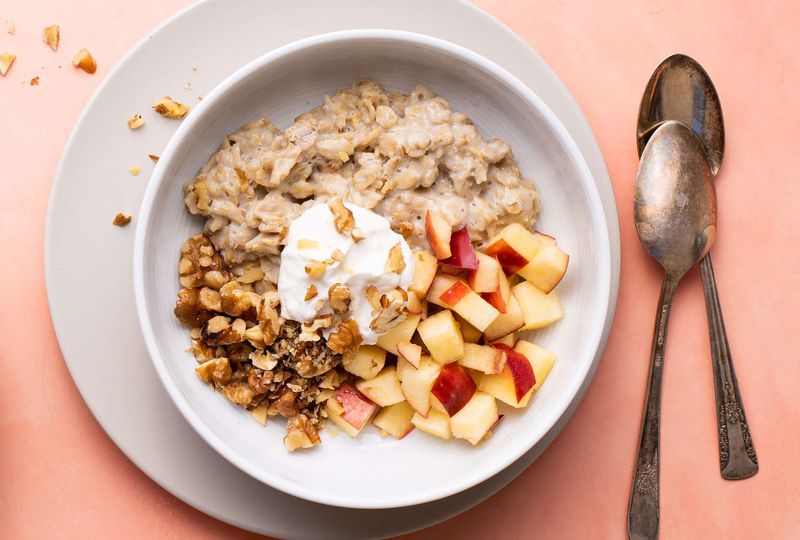
Tossing berries, nuts or spices in too early destroys their texture and flavor. Timing matters!
Sturdy items like diced apples can cook alongside oats. Delicate berries should join in the final minute. Spices bloom best midway through.
10. Serving Immediately After Cooking
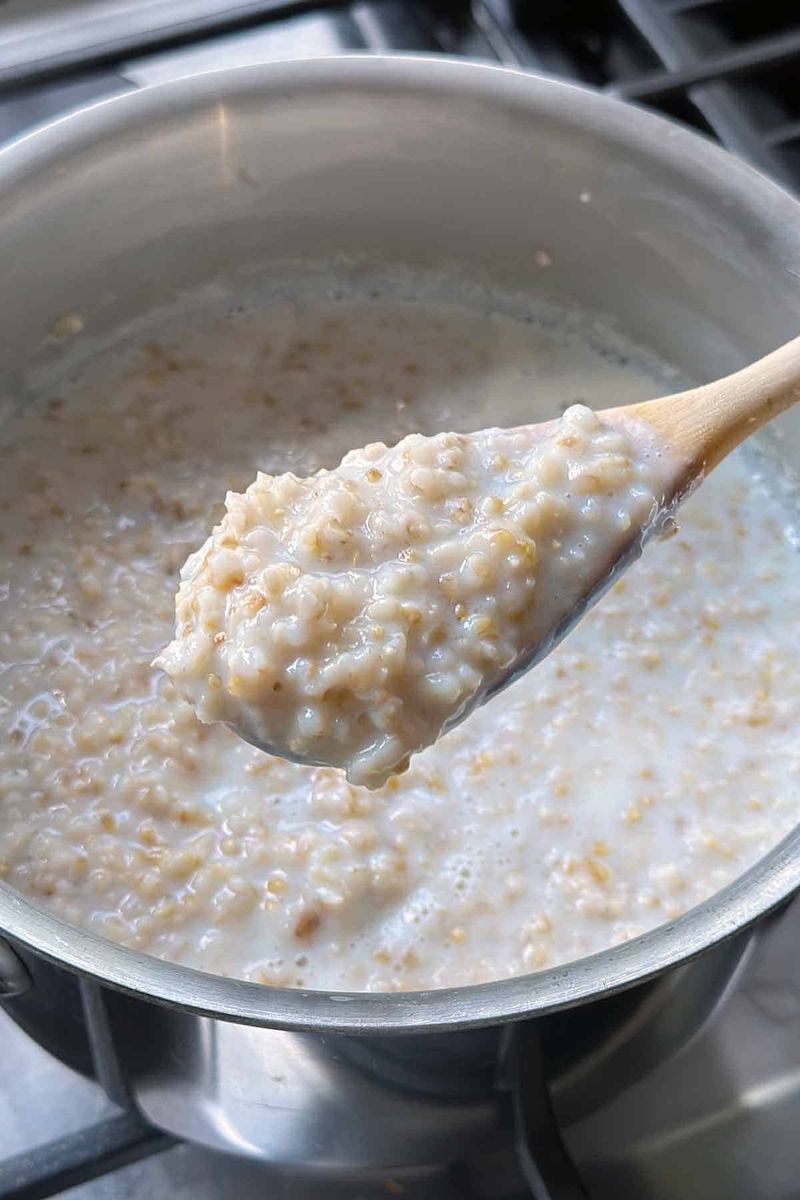
Patience, grasshopper! Oatmeal needs a brief rest before serving. This allows starches to set up properly and flavors to meld.
Just 2-3 minutes of standing time makes the difference between good and great oatmeal. Cover the pot, step away, brush your teeth. Return to perfectly thickened, non-tongue-burning breakfast.
11. Neglecting Textural Contrast
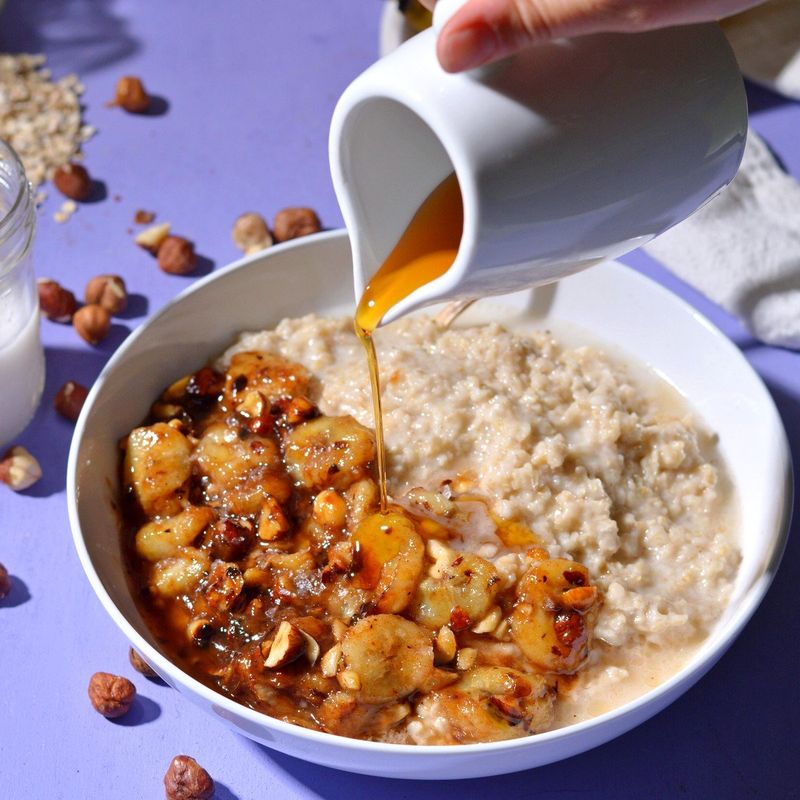
Creamy oats need crunchy counterpoints! Without texture variation, even the tastiest oatmeal becomes monotonous.
Toasted nuts, seeds, granola clusters or even crushed freeze-dried fruit create necessary contrast. Try coconut chips, cacao nibs, or pomegranate arils.
12. Making Only Single Servings
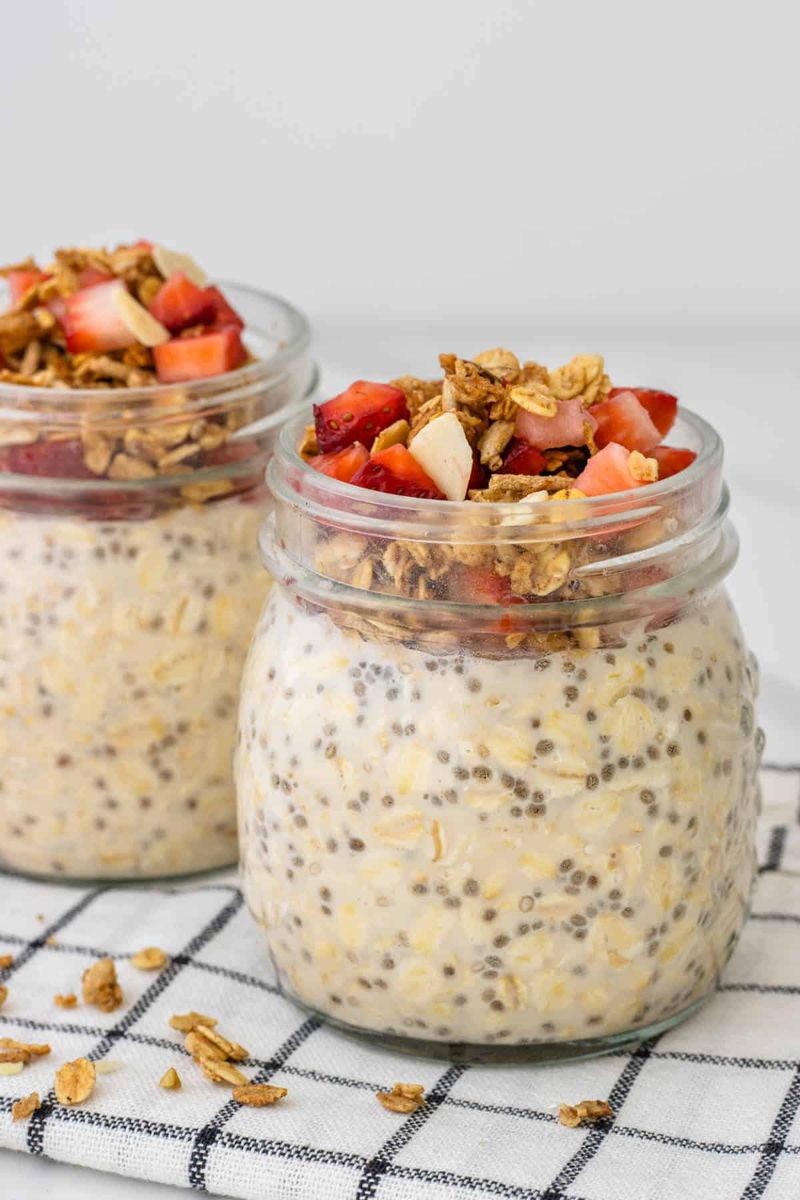
Batch cooking oatmeal revolutionizes busy mornings! Steel-cut oats reheat beautifully for 3-4 days.
Cook once, enjoy multiple times. Store in single-serving containers for grab-and-go convenience. Add a splash of milk when reheating to refresh the texture.
13. Adding Sweeteners Too Early
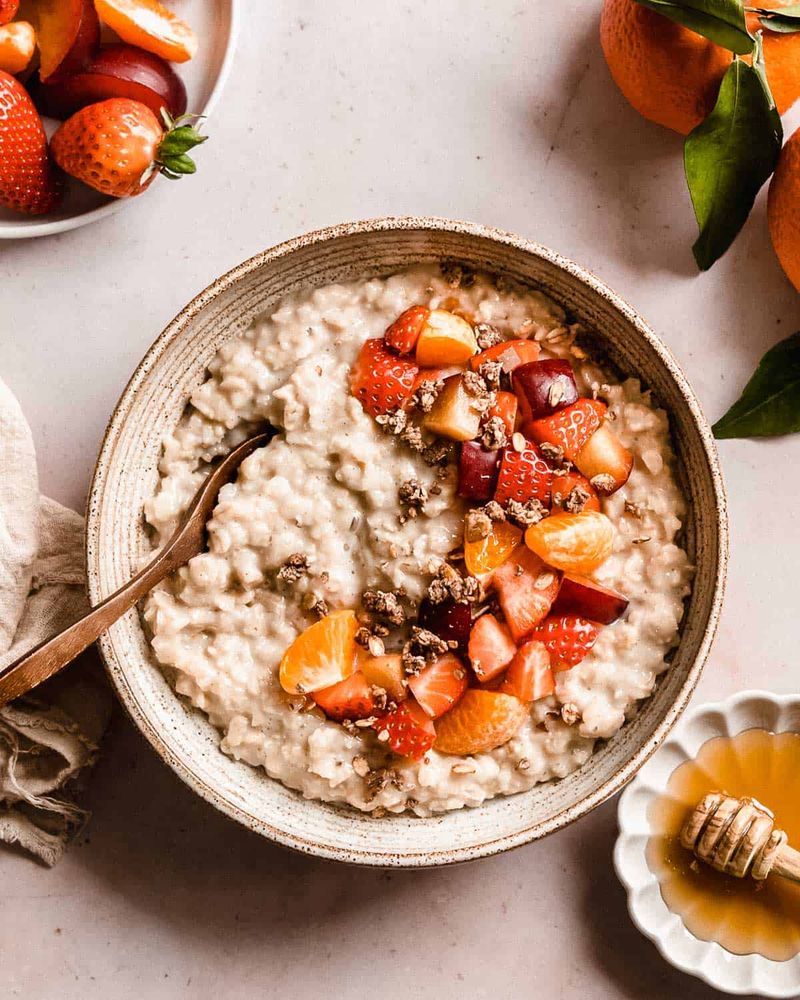
Sugar or honey added during cooking often disappears into the background, requiring more to taste the sweetness.
Try adding sweeteners after cooking for more flavor impact with less quantity. This approach lets you adjust to taste while seeing exactly how much you’re using.
14. Using Stale Or Expired Oats
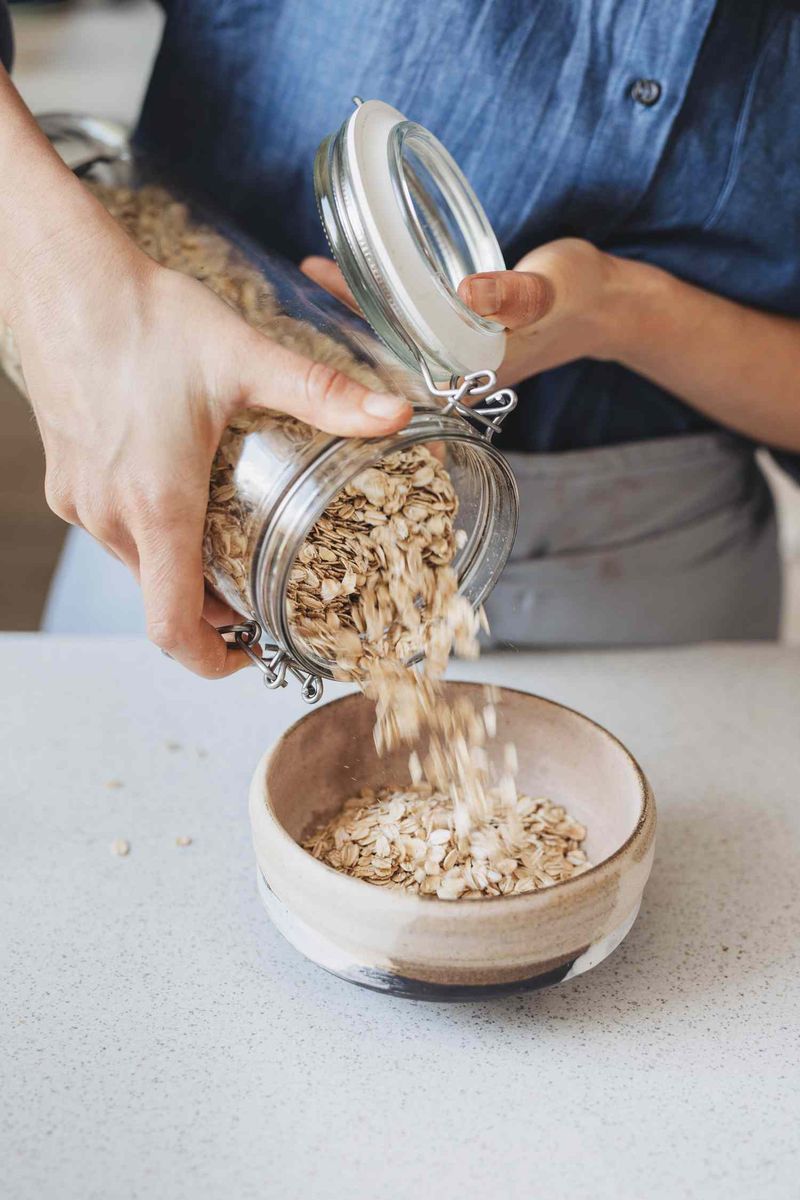
Oats seem immortal but they absolutely go rancid! Old oats develop a bitter, cardboard-like flavor that ruins your breakfast.
Store oats in airtight containers away from heat and light. That open canister from last year? Probably past its prime. The oils in oats oxidize over time.
15. Forgetting About Overnight Methods
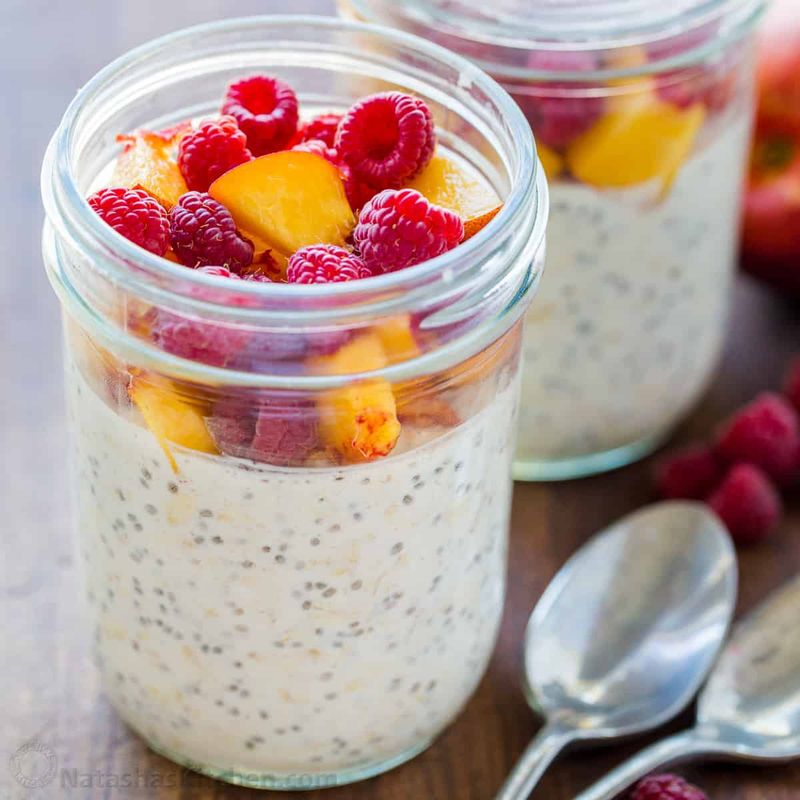
No-cook overnight oats save morning minutes and summer kitchens from extra heat. Cold-soaking works magic!
Combine equal parts oats and liquid in a jar, add flavors, refrigerate overnight. By morning, you’ll have perfectly softened oats without touching a stove.

